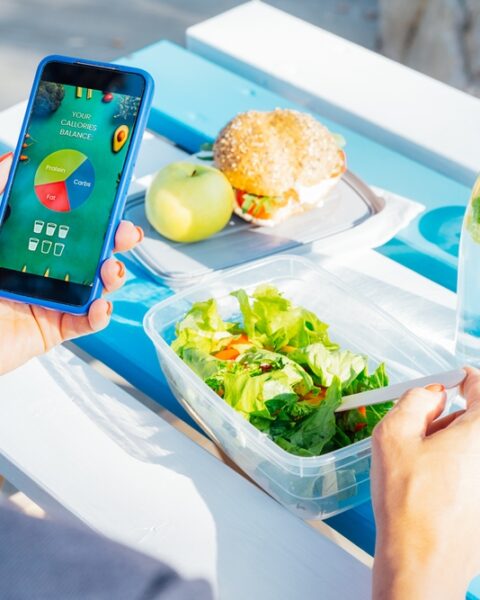Think saving money at the grocery store means living on ramen noodles? Think again. We’ve rounded up the wisdom from savvy shoppers who know how to stretch a dollar while keeping their carts full and their meals delicious. From savvy store maneuvers to secret savings strategies, these experts show that you don’t have to sacrifice quality for cost. Get ready to discover how to navigate the aisles like a pro and make your budget work harder for you.
Contents
- 1 Make a Meal Plan
- 2 Shop with a Grocery List
- 3 Buy Generic Brands
- 4 Shop Sales and Use Coupons
- 5 Buy in Bulk (When It Makes Sense)
- 6 Shop Seasonally
- 7 Avoid Pre-Packaged or Pre-Cut Items
- 8 Use a Rewards Program
- 9 Don’t Shop When You’re Hungry
- 10 Shop at Discount Stores
- 11 Avoid Eye-Level Shelves
- 12 Limit Trips to the Store
- 13 Use Cash or Set a Budget
- 14 Stock Up on Sales
- 15 More From RetailShout
- 16 18 Top Aldi Products That Went Viral on Social Media
- 17 12 Delicious One-Pan Meals You Can Make in Your Cast-Iron Skillet
Make a Meal Plan

Creating a meal plan is one of the most effective ways to cut down on unnecessary purchases. By knowing exactly what you’ll be eating throughout the week, you can shop for only the items you need. This eliminates spontaneous buys, which are often more expensive and less healthy. Meal planning also allows you to make better use of leftovers, reducing food waste. Plus, it helps ensure you’re not tempted by takeout when you’re short on time.
Shop with a Grocery List
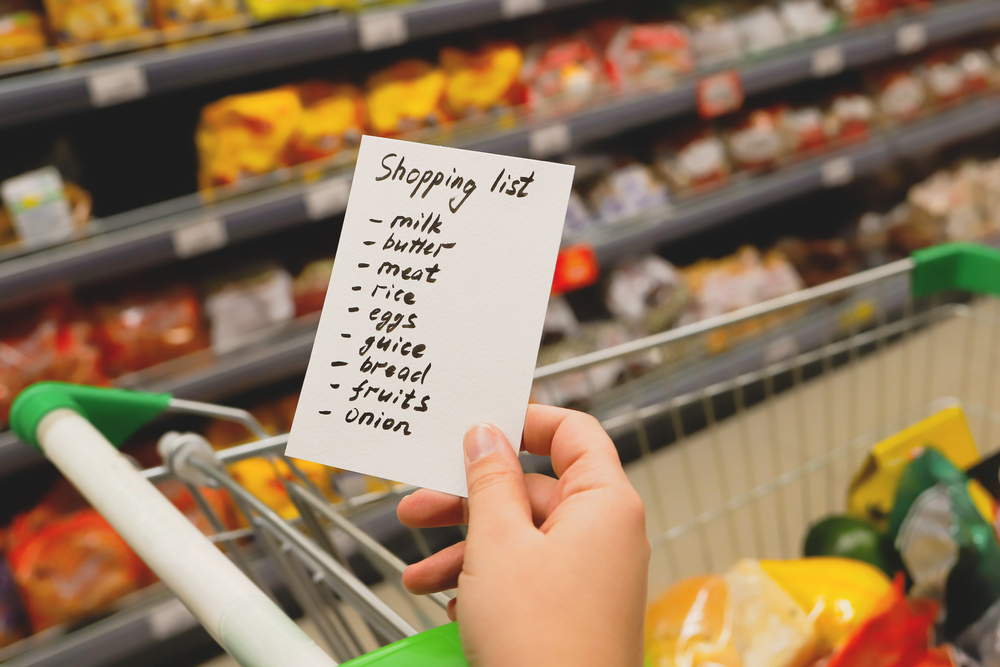
Always shop with a grocery list in hand. A detailed list will keep you focused and prevent impulse purchases, which can add up quickly. Take time to organize your list by sections of the store, so you’re not wandering down aisles and picking up extra items. Stick to the list no matter how tempting new products might seem. This simple tip can keep you from overspending and save both time and money.
Buy Generic Brands

Name-brand items can be tempting, but often, generic brands are just as good and significantly cheaper. Many grocery stores offer store-brand versions of popular products that contain the same ingredients and are just as tasty. Switching to generics for staples like cereal, canned goods, and cleaning supplies can make a noticeable difference on your grocery bill. Don’t be afraid to try out store brands, especially for items you use frequently. You’ll be surprised at how much you can save without sacrificing quality.
Shop Sales and Use Coupons
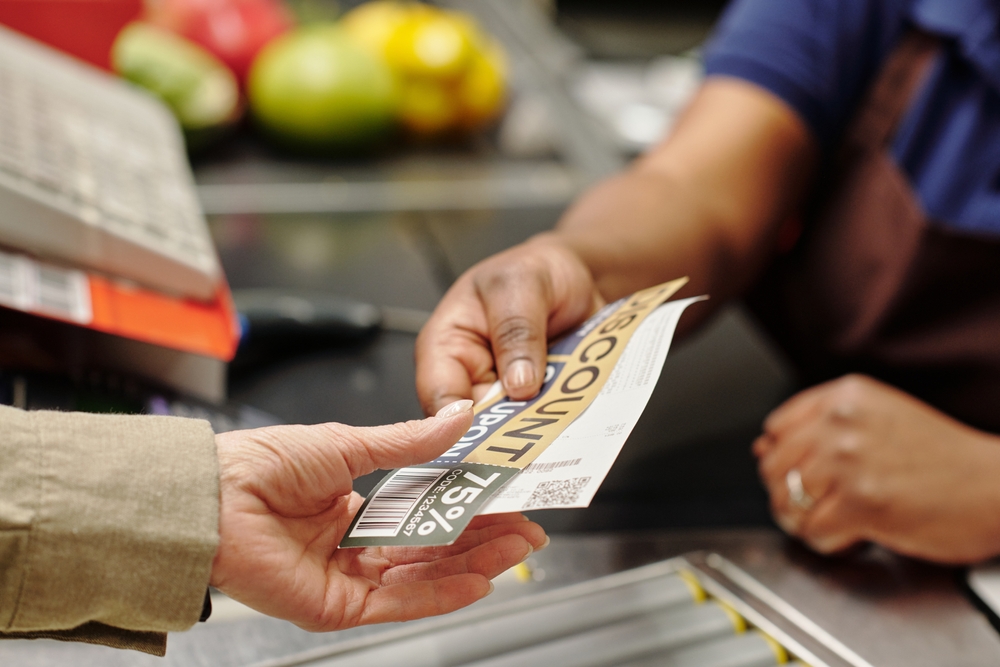
Keeping an eye on sales and using coupons are classic ways to save, and they still work wonders today. Check weekly store ads for deals, and plan your meals around sale items to maximize your savings. Use coupons in combination with sales to stack discounts, but only for products you regularly use. Digital coupons are often available through store apps, so be sure to check those before heading out. With a little preparation, you can score major discounts on your grocery bill.
Buy in Bulk (When It Makes Sense)

Buying in bulk can save you a lot of money, especially for non-perishable items like rice, pasta, and canned goods. However, it’s important to only buy in bulk when it makes sense for your household size and storage capacity. Bulk purchases are great for large families or items you frequently use, but they can lead to waste if you don’t use them in time. Always compare the price per unit to ensure you’re getting a true bargain. This tip works particularly well for pantry staples and household products.
Shop Seasonally

Produce that’s in season is not only fresher and tastier, but it’s also much cheaper. When fruits and vegetables are in season, they are often more abundant and therefore less expensive. Get familiar with what’s in season in your area, and plan your meals around those items. This will help you avoid paying premium prices for out-of-season produce that’s been imported from far away. Seasonal shopping also encourages you to diversify your diet with new and exciting fruits and vegetables throughout the year.
Avoid Pre-Packaged or Pre-Cut Items
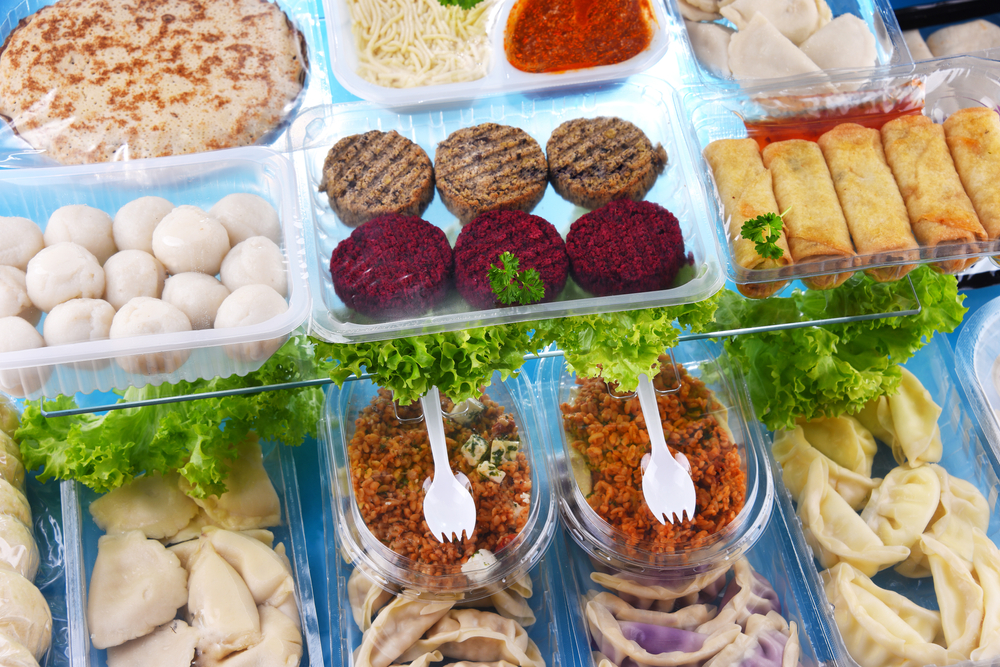
Convenience comes at a price, and pre-packaged or pre-cut items are often significantly more expensive than their whole counterparts. Take the time to chop your own vegetables, shred your own cheese, or portion out snacks, and you’ll see savings add up. While it might take a little more effort, the money you save is worth it. This is particularly true for items like bagged lettuce, fruit trays, and snack packs. By doing a bit of extra prep at home, you can stretch your budget further.
Use a Rewards Program

Many grocery stores offer loyalty programs that reward you for shopping with them regularly. These programs often provide access to exclusive discounts, personalized coupons, and cash-back offers. Over time, the savings from using a rewards program can really add up, especially if you shop at the same store consistently. Be sure to sign up for these programs and use your membership every time you shop. The perks are usually free, and they can offer valuable savings.
Don’t Shop When You’re Hungry

It might sound simple, but never shop when you’re hungry. Studies have shown that people are more likely to make impulsive, unhealthy, and expensive food choices when they shop on an empty stomach. Hunger can lead you to buy more snacks, pre-made meals, or sweets that weren’t on your list, driving up your total. Eat a meal or snack before heading to the store so you can stay focused on your budget and list. This tip can help you avoid unnecessary temptations.
Shop at Discount Stores

Discount grocery stores or warehouse clubs often offer lower prices than traditional supermarkets. These stores might not have as wide a selection or the fanciest displays, but they can provide significant savings on basic items. Stores like Aldi, Lidl, or Costco are known for offering high-quality products at lower prices. Just be sure to compare prices with your regular grocery store to ensure you’re getting the best deal. For pantry staples and bulk buys, these stores can be a goldmine for budget-conscious shoppers.
Avoid Eye-Level Shelves

Stores often place the most expensive items at eye level because they know that’s where customers are most likely to look. Savvy shoppers know to check the lower or higher shelves for less expensive alternatives. Generic brands, store brands, and cheaper options are often hidden from immediate view. Taking a few seconds to scan the full shelf can help you find better deals. This small shift in shopping habits can lead to big savings over time.
Limit Trips to the Store

The more often you visit the grocery store, the more opportunities there are to overspend. Try to limit your trips to once a week or less by planning your meals and sticking to your list. Fewer trips mean fewer chances to give in to impulse buys or promotions. Additionally, shopping less frequently forces you to be more mindful of using what you already have on hand, reducing food waste. This approach saves both time and money in the long run.
Use Cash or Set a Budget

Setting a budget for your grocery shopping trip can prevent overspending. Using cash instead of a credit or debit card can help you stick to your limit, as you’ll be less likely to go over your budget if you only have a set amount to spend. Before heading to the store, calculate how much you can afford to spend and try to stay within that range. Budgeting apps can also help track your spending and make you more aware of your grocery habits.
Stock Up on Sales

When you find a good sale on non-perishable or freezable items, stock up! This is a great way to save on products you use regularly, like pasta, canned goods, or frozen vegetables. Just be sure to only buy what you know you’ll use before it expires. Stocking up on sales can help reduce the frequency of grocery trips and save you from paying full price later. Having a well-stocked pantry also makes meal planning easier and helps avoid last-minute takeout orders.
This article originally appeared on RetailShout.
More From RetailShout
14 Bulk Products That Don’t Deliver on Flavor or Value
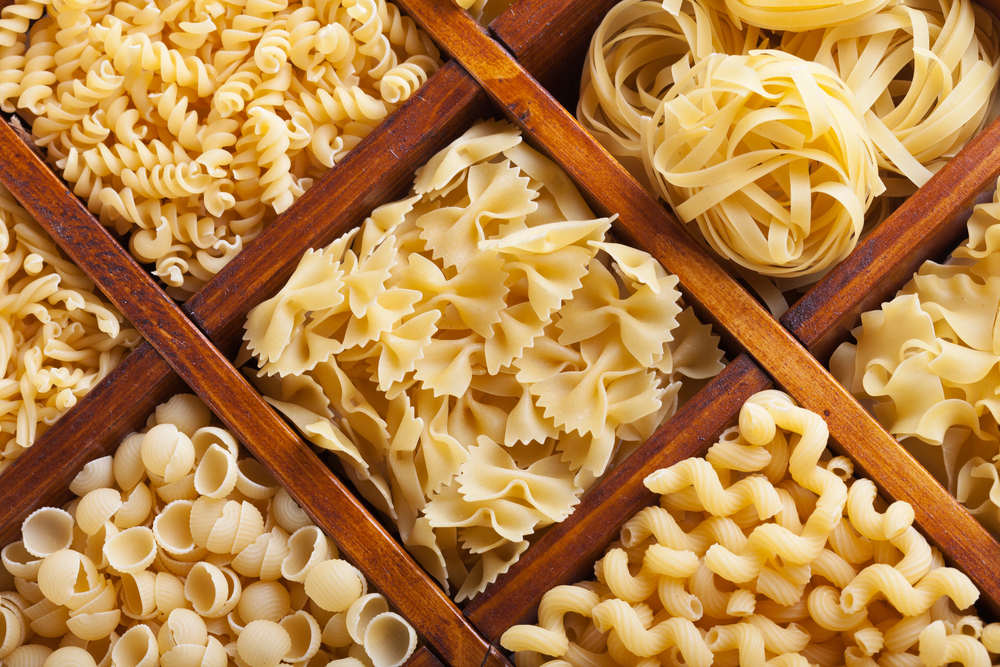
Buying in bulk can seem like a great way to save money, but not every large-sized product is a good deal. While the price tag might look tempting, the flavor or quality of some items just doesn’t hold up. Read More.
18 Top Aldi Products That Went Viral on Social Media

Aldi has always been a go-to for budget-friendly shopping, but sometimes its products go beyond just being good deals—they become social media stars. From trendy snacks to surprise kitchen gadgets, these items didn’t just fly off shelves; they blew up on social media. Read More.
12 Delicious One-Pan Meals You Can Make in Your Cast-Iron Skillet

Cooking with a cast-iron skillet can be a game-changer, bringing rich flavors and even cooking to every meal. One-dish meals are perfect for busy weeknights when you need something quick, hearty, and satisfying. Read More.



